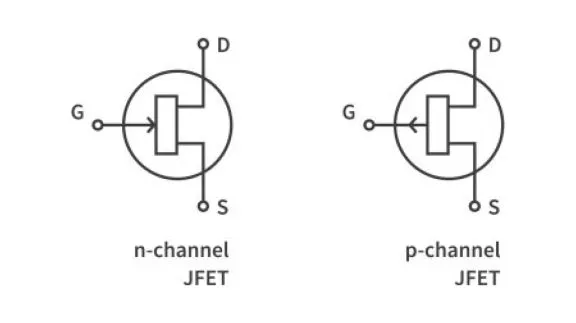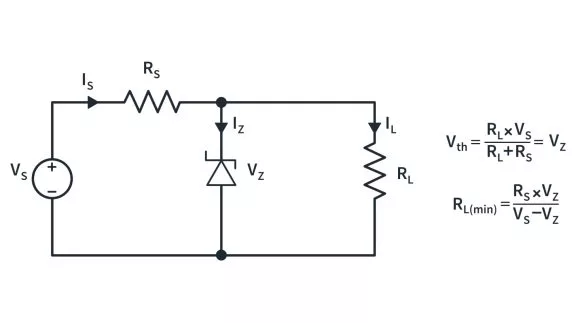A fan is probably one of the most used household electrical appliances in the world but they are also used extensively for thermal management. Before we dive into what regulates and controls fans, we shall first look at the fan itself and understand how its speed is controlled.
A fan is usually a single-phase Induction motor. A single-phase induction motor has a capacitor starter without which it cannot provide sufficient torque to start. In an induction motor, the electromagnetic torque is directly proportional to the square of the applied voltage in an induction motor.

In a fan type load, it is experimentally determined that the load torque is proportional to the square of the speed.

Under steady state conditions, the electromagnetic torque is equal to the load torque and hence,


Therefore, by changing the applied voltage, the speed of the fan can be changed and this is for speeds below the rated speed.
Regulators are devices that are used to control the speed of the fan. Today, electronic regulators are used everywhere and it’s hard to find conventional regulators being used. Let’s see why.
The conventional type, also called the resistor type regulator is a basic potential divider circuit as shown below.

As we go on changing the position of the knob from 1 to 5, the series resistance keeps on decreasing and hence the voltage applied to the fan increases and so does the speed. But in this type of regulator, the energy we save in running the fan at slower speeds is lost in heating up the resistors. This damages the regulator over a period of time and hence they aren’t reliable. Also, they are bulky.
Today, we use smaller electronic regulators which consist of power semiconductor devices - mainly the TRIAC and the DIAC.
A TRIAC is a three terminal semi-controlled power semiconductor device which conducts current in both the directions when triggered. The trigger pulse is given to the gate terminal (G) of the device.

A DIAC is a two terminal uncontrolled power semiconductor device which conducts current in both the directions when the voltage across the device crosses a certain threshold level called the breakdown voltage (VBR).

The circuit of the electronic fan regulator is as shown below.

Consider the positive half cycle of the supply. As the TRIAC is not yet triggered, it remains off condition and the voltage across the fan is zero. And hence the current flows through the resistor capacitor branch and charges the capacitor. Once the capacitor is sufficiently charged enough such that the voltage across the DIAC crosses its breakdown voltage level (VBR), it conducts triggering the TRIAC and turning it on and now, the supply voltage appears across the fan. The same thing happens even in the negative half cycle. As the voltage doesn’t appear across the fan for the complete cycle, the RMS value of the voltage across the fan decreases and hence its speed reduces.

The RMS voltage across the fan depends on ∝, which is the time taken by the capacitor to charge up to the voltage VBR. This depends on the time constant (R*C) of the resistor capacitor branch. As we decrease the value of the resistance R, the time constant decreases which results in the decrease in ∝ which in turn increases the RMS value of the voltage across the fan and hence increasing the speed and vice versa. Therefore, by varying the resistance R, we can control the speed of the fan using the electronic regulator.
In the case of electronic regulators, the loss of energy as heat through resistors is much less as only a very small current flows through them. Also, they are small and compact and have a quicker response time, making them more widely used.














